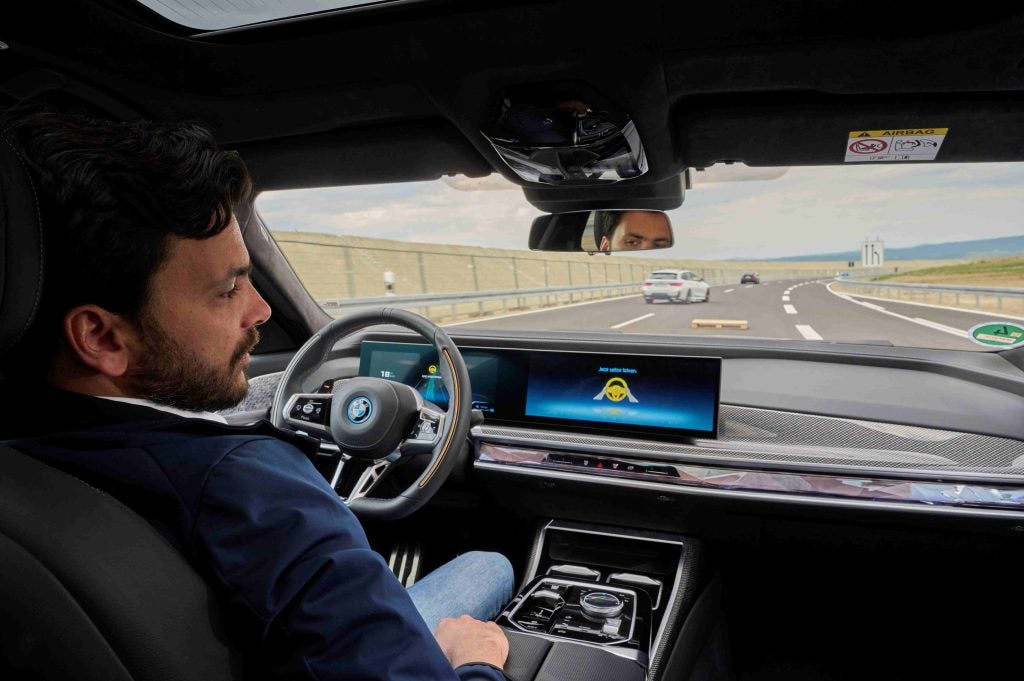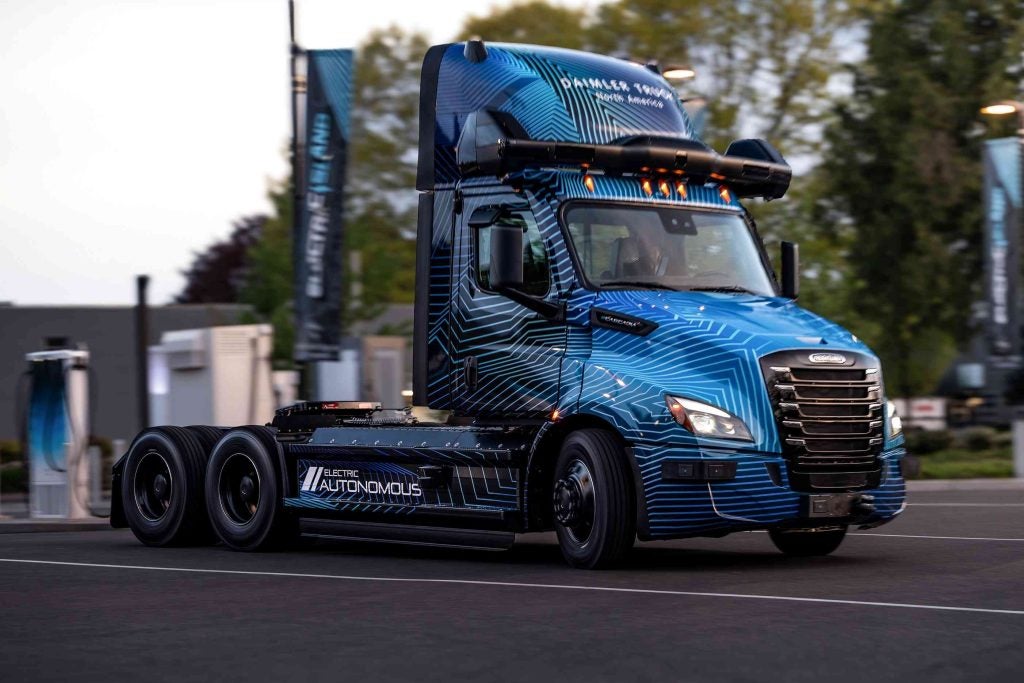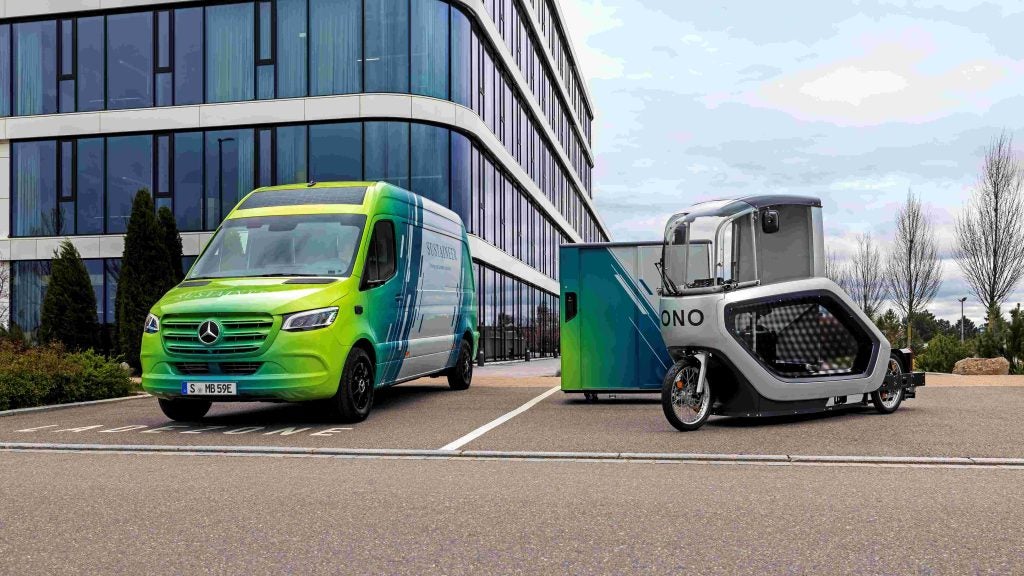
Since the transformation of Continental’s powertrain business into an independent group earlier this year, the company has been preparing for a partial IPO. Meanwhile, it continues to invest huge sums into automotive powertrain R&D. To learn more about the supplier’s research focus, we spoke to Stephan Rebhan, Head of Technology & Innovation, Powertrain Division, Continental.
Could you tell us a little more about Continental’s Powertrain systems business and your main R&D focus?
Effective climate protection needs a mix of drive technologies: From dynamic, efficient gasoline and diesel engines with optimised combustion and highly effective exhaust after-treatment to the usage of alternative fuels, hybridisation and ultimately the electrification of the entire drivetrain. Our wide range of products supports our customers to meet the market trends and challenges of the current and future consumption and emission legislation.
We take care of the complete system view, as often shown with demonstrator cars. We have a great understanding of all functional elements in a powertrain, and in all the diverse applications, sometimes beyond the specific solution of just one OEM, at the same time being fully competent in all details. Therefore we can support our customers to making the right decisions for the powertrain of the future.
Today the biggest challenge is to minimise the pollutants.
Today the biggest challenge is to minimise the pollutants. Powertrain delivers a variety of technologies to make mobility cleaner, like the electrically heated catalyst EMICAT®.
Mid-term focus is on further CO2 and emission reduction, e.g. with the 48 Volt High Power Hybrid. It increases stepwise the degree of electrification and, thereby, the efficiency of the powertrain.
How well do you really know your competitors?
Access the most comprehensive Company Profiles on the market, powered by GlobalData. Save hours of research. Gain competitive edge.

Thank you!
Your download email will arrive shortly
Not ready to buy yet? Download a free sample
We are confident about the unique quality of our Company Profiles. However, we want you to make the most beneficial decision for your business, so we offer a free sample that you can download by submitting the below form
By GlobalDataA long-term target is clearly a zero-emission approach, e.g. with high voltage e-mobility and the development of alternative drive solutions for fuel cell technology.
The automotive industry is facing a revolution with electrification, associated with connectivity and autonomous driving. How is Continental Powertrain addressing that?
Indeed, we are living the largest transformation process of the automobile industry since its beginning. This transformation has partly a disruptive character, with the introduction of alternative powertrains.
On the other hand, there is a lot of continuation. Electronics – and therefore software – are the development accelerator and driver of the transformation process. Such electronics – both controls and high voltage – are already today the core of our Powertrain business.
Organisation:
Continental already reacted with an organisational realignment.
As it has been already communicated, Powertrain division has become, since the beginning of 2019, a separate, integrated organisation company within the Continental Group, led by an independent subsidiary which will trade under the name of Vitesco Technologies AG.
The powertrain business, under the name Vitesco Technologies, will develop solutions for conventional and electrified drives for OEMs worldwide.
The powertrain business, under the name Vitesco Technologies, will develop, produce and sell systems and solutions for conventional and electrified drives for automotive manufacturers worldwide.
We are in the process of preparing a partial IPO of the reorganised Powertrain unit. We are planning to start investor communication towards the end of the year. Depending on the market situation, trading is expected to start in 2020.
In this way, we are increasing our flexibility. We are confident that we can use it to spark a permanently successful development of our business area and by this also want to adapt precisely to the challenges of increasingly electrified mobility.
We firmly believe that with the new global setup of our powertrain business and our refined competencies and expertise, we will successfully tackle the challenges of our markets and the fundamental transformation of our industry.
Technology:
In contrast to the connectivity and autonomous driving megatrends, the electrification of the powertrain is mainly driven by the market, but also heavily by legislation.
In Continental’s opinion: No single technology monopoly will solve the environmental challenge, but a mix of drive technologies, e.g. battery, fuel cell and synthetic fuels.
The application determines the most eco-efficient drive technology. There will be an even more diverse landscape, from small autonomous shared battery-electric fleets up to heavy-haul fuel cell trucks.
With the evermore complex challenges of connected systems, cooperation will play an important role.
Could you give us your vision of the ways in which you see the autonomous car affecting the powertrain?
To understand the interplay between autonomous driving and connectivity with the new alternative drive technologies, one must first understand the characteristics of these trends.
Within the general concept of autonomous driving, it is important to differentiate between assisted, automatic and, ultimately, autonomous driving.
Assisted driving is driven by the increase in security, and this has high priority in the automotive industry, since the end customers are willing to pay for more security.
Automated (partial, high or full) and autonomous driving are driven by an increase in comfort functionalities. Although it is a very interesting field, this still has medium to low priority in the industry and it will take time to reach maturity.
The powertrain is affected by autonomous driving, but also the powertrain poses limitations and demands on the way assisted, automated and autonomous driving is implemented.
On the one hand, the powertrain is and stays safety-critical, which means that security goes first – especially for assisted driving, but also later for autonomous driving.
Everybody wants the functionality of personal mobile devices in the car, but the industry is not ready yet, because we cannot offer the security.
Everybody wants the functionality of personal mobile devices in the car, but the industry is not ready yet, because we cannot offer the security.
Software enables the implementation of autonomous driving, but in contrast to the IT industry, for the automotive industry software must be validated and homologated for a secure release.
This means most importantly that software updates must be absolutely reliable, and depending on the degree of connectivity, these should not impose any cybersecurity threat.
Within Continental, we therefore closely collaborate with our colleagues who work on Automated Driving and Vehicle Networking. A powertrain for AD vehicles will be less differentiating in its character but will be of higher demands in terms of reliability, driving comfort and economy.
This transformation will lead to an increase in driving comfort, ease of use, service free, and consequently a lower power demand for the powertrain.
Following the VW diesel gate scandal, the diesel passenger car market looks set to decline. Yet how do you see the commercial vehicle diesel market evolving over the next 5-10 years?
The diesel engine is still the best thermal engine.
Whenever it is a matter of moving goods or even larger vehicles highly efficiently, diesel has enormous advantages.
In the coming years, the type of drive will depend much more than before on what it is used for. Environmentally efficient drive systems in cities (e.g. bus, transporter) will be different from those used for long distances (e.g. long-haul truck).
And with the upcoming and planned emission legislation for CV – 30 per cent CO2 reduction as of 2030 – new solutions are requested.
For inner-city commercial vehicles (transporter, buses) and heavy distribution vehicles with small distances we regard battery-electric technology as very attractive.
For long-haul medium and heavy-duty trucks, combustion engines are still an interesting option, especially when served with renewable fuels (PTL or PTG) and combined with a mild hybrid system.
Over time other alternatives will probably enter the market, e.g. fuel cell is an interesting alternative for long-haul trucks.
What will the next generation of FCEVs have?
An FCEV is basically an electric vehicle, whose battery will be replaced by a fuel cell. The development of the FCEV system will go hand-in-hand with the development of the EVs.
Power density: The current state of development shows that the next generation of the fuel cell offers higher power density, above 3.5 kW / l volume and with this improved characteristic plays near the area of today’s conventional powertrains. Required platinum will be at par (in weight) with today exhaust after-treatment catalyst.
The fuel cell is practically a ‘cold’ combustion engine with very high efficiency. In comparison to thermal combustion, this is already significantly better, and the automotive development has just started. We believe there is further potentials in the future development.
Regarding range: Hydrogen has by far the highest energy density per weight of all energy carriers. 1 kg Hydrogen is about the range equivalent of 6 l Diesel or the electric energy of a 150-200 kg Li-Ion battery. The range of a fuel cell with a 6 kg reservoir is at 600-700 km in in real driving, far more than any battery vehicle can cope with.
How do you see lithium-ion technology developing?
Further development of battery technology is a decisive factor for the breakthrough of electromobility
With today’s lithium-ion technology, however, the performance, size and weight requirements can hardly be met.
Solid-state batteries are virtually non-flammable and have the potential to double the energy density of today’s conventional lithium-ion batteries.
Solid-state technology is particularly promising. Solid-state batteries are virtually non-flammable and have the potential to double the energy density of today’s conventional lithium-ion batteries.
Continental can imagine producing these battery cells in the future. The prerequisite for this is an attractive business model. Today, there is no solution on this technology that is usable in automotive and full technology readiness will be earliest in 2030.
What are your predictions for vehicle electrification by 2025?
Driven by legislation and regional politics, there is a strong push from the OEMs to introduce new pure electric platforms, but also hybrid models in the market to fulfil their CAFE targets e.g. whether the end customer will accept this has to be proven. We also see a great contribution potential of MHEVs for the fleet target and see the need to continue to optimise the combustion engine, especially in combination with hybridisation.
Regardless of alternatively powered cars, what will be the most important technology for gasoline engines over the next decade?
In the next decade, we will see worldwide a constant increase of hybridisation of the gasoline engines.
In Europe nearly all the internal combustion engines will be combined with the electrification of different degree of power range, ranging at the low end from 12V micro hybrids, a major part of 48V mild hybrids and high-power hybrids for plug in systems.
This has the effect of reducing the power and operation range of the combustion engine.
Therefore, we will see developments in the gasoline engines mainly focusing in efficiency optimisation for a delimited operation range, as well as cost optimisation through a simplification of the engine architecture.
Continental offers the right technology for hybrids. Continental covers already today both the high-power with its electric axle and the low end with our worlds-first 48V P0 hybrid.
Our new and innovative 48V High Power technology (to be presented at the Continental Tech Show and IAA 2019) with powerful 30 kW offers another dimension, combining the best of both worlds, a high-performance solution at an affordable price with electric drive capability at engine off (as P2 configuration).







